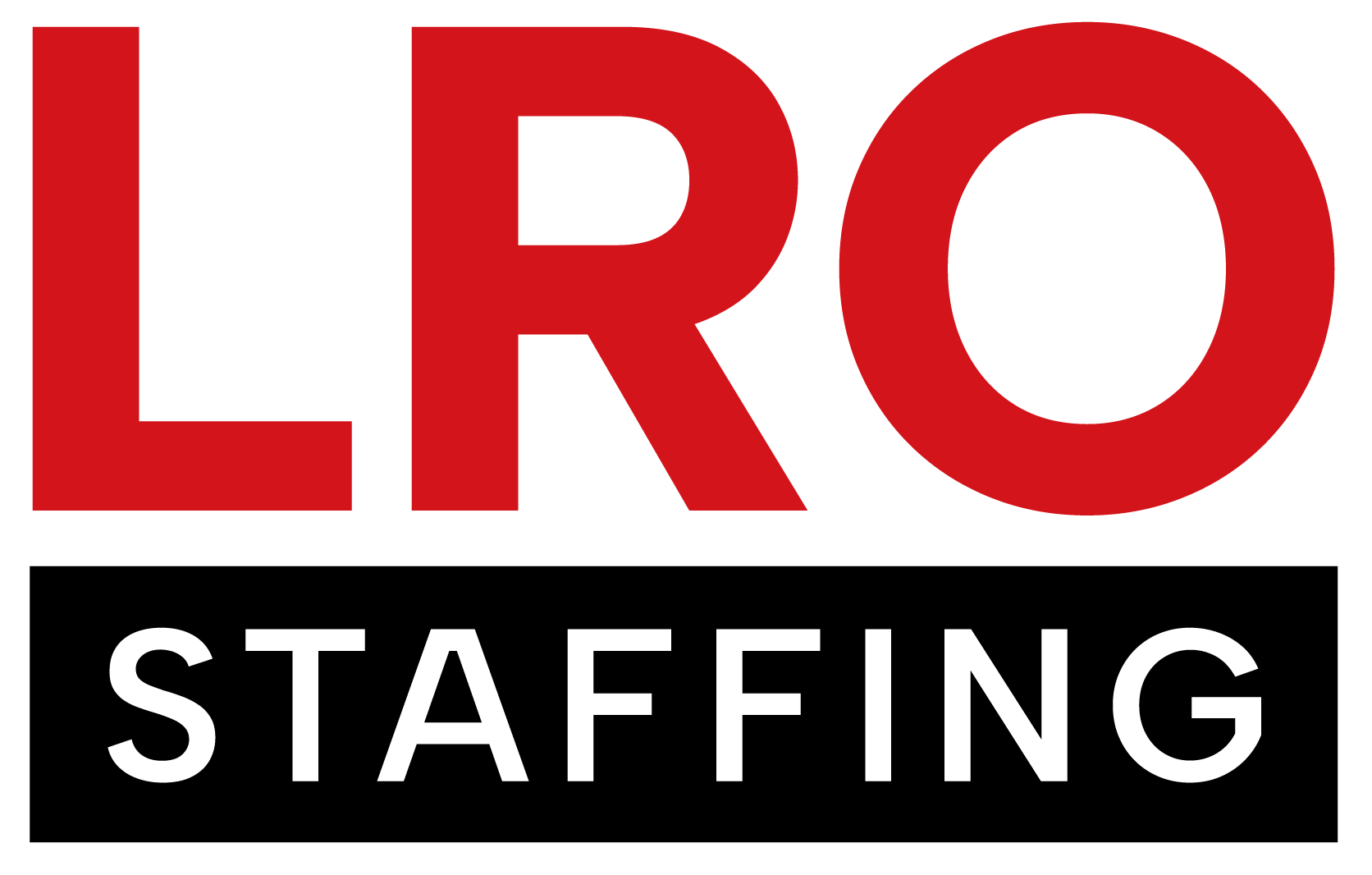Finding the right people to help your company grow to the next level is one of the greatest challenges businesses face today. While most companies have come to know the importance of developing a reliable recruitment process, they’re often not taking the next vital step in analyzing and understanding their methodology.
A successful talent acquisition strategy should go beyond just the hiring of a candidate to fill a specific role and look ahead to what their career path could be within the organization. As such, you should be hiring future managers and leaders for your team as part of a long-term strategic plan. When talent acquisition is approached in this way, it has the power to decrease the likelihood of an unsuccessful hire and increase employee retention rates.
Based on insights from our recruitment experts, we have identified 4 emerging trends that are currently having the most impact on talent acquisition that your company should adopt into it’s strategic plan:
Data-Driven Recruiting
Data-driven recruiting is when an employer uses data and facts to measure their talent acquisition strategy and inform their hiring decisions, this can help inform choices from the candidates you select to how you onboard, and more.
We are seeing much more of this trend as it drastically decreases the chance of hiring the wrong person for a job by taking the guesswork and any biases out of the process. By collecting data and examining the numbers, you can better understand your candidates. However, it’s important that the right data is being tracked.
We often suggest to employers to look at their speed-based, quality-based, and cost-based metrics. Speed-based metrics include the time to hire, accept the job, approve the candidate, and overall time of each stage of the process. Quality-based metrics examine acceptance rate of offers, applications per job opening, retention rates, candidate experience, and more.
Lastly, we suggest including cost-based metrics, which calculate the cost per hire, applications per channel, and talent pool growth. While it’s not necessary to track all these metrics, it’s important to choose the ones that align with your organization’s short and long-term goals. Once the data is collected, it’s critical to derive meaning from the numbers to better understand what worked and what didn’t in past hiring processes, and ultimately, adjust talent acquisition strategies moving forward to be more efficient, reduce cost, and improve overall hiring.
A Focus on Representation
A positive shift we are seeing is a focus on representation and more equitable hiring practices. While more diverse and inclusive talent acquisition strategies do increase the pool of talent you have access to, it is important for many more reasons than just that.
Having representation of people from all backgrounds in the workplace says a lot about the corporate culture of an organization, and is an element that is extremely important for many candidates to ensure that their values align with the company’s. However, it’s imperative that organizations are looking inward to ensure that talent acquisition strategies are truly equitable and not just performative. Employers must be committed to initiatives that will help incorporate diversity and inclusion throughout their organizations, such as unbiased hiring, ensuring there is diversity in leadership, training staff on the importance of diversity, offering DEI resources, and ensuring a fair pay structure without any pay disparities for marginalized groups of people.
Candidate-Centric Approach
Talent acquisition specialists are now seeing that to attract the best candidates, you need to build a relationship with them over time. The focus of your strategy should be what the candidate needs to ensure they’re a good fit for the organization and that the offer is competitive. By keeping proactive communication at the forefront, this ensures both parties are on the same page and that if the current role does not work out for the candidate, that the doors of communication are open to hire them for a different role down the line.
With a tight labour market, hiring managers need to maintain these professional relationships long-term. It’s also important that a company is offering a compelling compensation package that speaks to what candidates are looking for. The LRO Staffing Salary Guides outlines what the compensation average is for a variety of roles in Ottawa to ensure you are offering fair market value, as well as additional offerings to consider to make your organization a more attractive place to work. Employee incentives are another trend we are seeing more of to attract new talent. This could be anything from office stipends, wellness programs, career development training, and team events.
Internal Mobility
Another trend we are seeing is internal mobility which is the movement of existing employees within an organization. Given the currently highly competitive labour market, employers have found it increasingly more difficult to secure well-qualified talent, which is why it’s important to retain existing employees. Whether it’s a lateral or vertical move, internal mobility allows you to address the current worker shortage by upskilling and reskilling your team to foster the talent your organization needs to thrive.
There is no reason the talent you have cannot become the talent you need. By investing in developing the skills and competencies within your existing talent rather than recruiting new talent, you’re creating mutual value for you and your employees. It offers employees career advancement opportunities, while addressing skills gaps, increasing productivity, and increasing employee retention. It’s also reported that developing the competencies of existing staff costs ⅙ of the cost of recruiting new talent. If your organization is unsure how to begin mobilizing its workforce, a good place to begin is by looking into which positions are hardest to hire for or retain, and then assessing why that is the case and how you can work with and train existing employees to fill that talent gap.
At LRO Staffing, we work with some of Canada’s top employers to develop and execute on their talent acquisition strategy. If your company could benefit from our expertise, we’re here to help. Click here to get in touch with us today!

